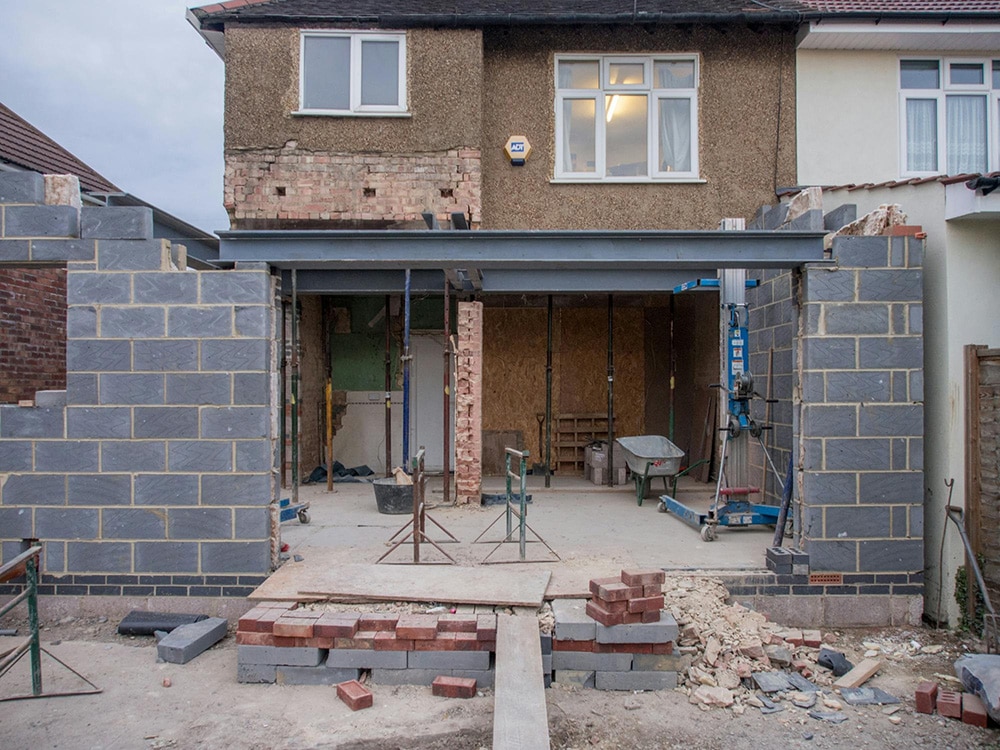4 Insights into How Technology Is Transforming Construction Across Continents

In the realm of construction, the integration of advanced technologies is reshaping the industry’s landscape globally. One of the pivotal advancements in this sector is the adoption of site capture software, a tool that significantly enhances the accuracy and efficiency of documenting and monitoring construction progress. This technology epitomizes the shift towards digitalization, offering a glimpse into the broader transformations underway. Let’s delve into the key insights that illustrate how technology is revolutionizing construction practices worldwide.
-
Embracing Digital Transformation
The construction industry is witnessing a paradigm shift with the digitalization of its core processes. This transition is not just about adopting new tools but also about changing the very fabric of how projects are conceptualized, planned, and executed. Technologies like Building Information Modeling (BIM) and augmented reality are now central to modern construction methodologies, enabling precision, efficiency, and a significant reduction in unforeseen challenges.
The Rise of BIM
Building Information Modeling (BIM) has transformed from a niche concept to a cornerstone of construction planning and management. It offers a digital representation of physical and functional characteristics, fostering a collaborative environment where decisions are made with a holistic understanding of their implications.
Augmented Reality: Visualizing the Future
Augmented reality (AR) in construction allows for the superimposition of digital content onto the physical job site, enabling teams to visualize the end product in situ and make informed decisions that save time, reduce waste, and optimize resource allocation.
-
Leveraging Data for Smarter Construction
The influx of data-driven technologies is equipping industry professionals with the insights needed to make informed decisions. Predictive analytics, AI, and machine learning are at the forefront, analyzing vast amounts of data to forecast project outcomes, optimize workflows, and enhance overall productivity.
Predictive Analytics: Anticipating Challenges
Predictive analytics tools can utilize historical data and AI to foresee potential delays, cost overruns, and other project risks. This allows teams to mitigate issues before they escalate and ensures projects stay on track and within budget.
AI and Machine Learning: The Brain Behind the Build
AI and machine learning algorithms are revolutionizing project management by automating routine tasks, optimizing resource allocation, and providing actionable insights that drive efficient and effective construction processes.
-
Sustainable Practices Through Innovation
As the global call for sustainability grows louder, the construction industry is responding with technologies that promote environmentally friendly practices. Innovations in green technology and materials are paving the way for more sustainable construction methods that reduce environmental impact and promote energy efficiency.
Green Technology: Building Sustainably
Emerging green technologies are being integrated into construction projects to enhance energy efficiency, reduce carbon footprints, and support the creation of buildings that are environmentally responsible and resource-efficient.
Innovative Materials: The Foundation of Tomorrow
The development and use of sustainable materials in construction are crucial for reducing the sector’s environmental impact. Innovations in material science are producing alternatives that are not only eco-friendly but also durable, cost-effective, and suited to a variety of construction needs.
-
Navigating the Future with IR 5.0
Industry 5.0 (IR 5.0) brings a human-centric approach to technological integration, blending human ingenuity with advanced systems to create more personalized, efficient, and flexible construction solutions. This synergy is setting new benchmarks for productivity and innovation in the construction industry.
Human-Centric Technology: Enhancing Collaboration
IR 5.0 emphasizes the importance of human-technology interaction, fostering an environment where workers are supported by machines to achieve greater efficiency, accuracy, and safety, ultimately leading to more innovative construction practices.
The Path to Economic Efficiency
The implementation of IR 5.0 technologies is instrumental in driving economic efficiency, reducing waste, and enhancing the overall value of construction projects. By harmonizing human skills with technological capabilities, the industry can achieve a balance of productivity and innovation.
The Bottom Line
The transformative power of technology in the construction industry is undeniable. As we progress into a more digitized, efficient, and sustainable future, the role of innovative solutions becomes increasingly central. These technologies are not just reshaping the way we build but are also redefining the possibilities for future constructions, enabling us to envision and create structures that were once thought impossible. As we continue to embrace these advancements, the global construction industry stands on the brink of a new era marked by enhanced efficiency, sustainability, and unprecedented technological integration.

